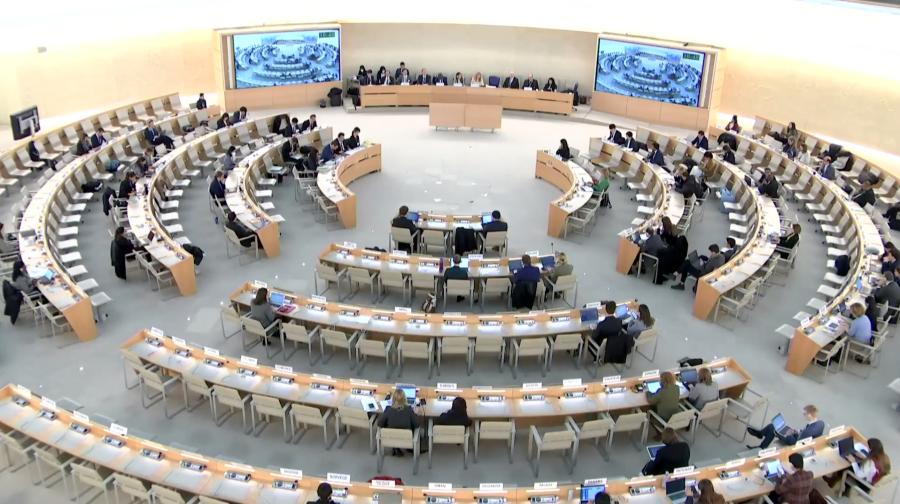With burning wood scenting the spring air, the elder chanted softly:
God of trees, god of the earth, god of river, god of water, god of wind, god of clouds, god of the heavens, gods residing in the mountains of this area, god of seas, god of the bear: To all these gods, please descend on this land. Please make our wishes true.
Wearing an embroidered robe and a headdress woven from wood shavings, Haruzo Urakawa dipped a sacred chopstick into rice wine and repeatedly tapped a carved willow stick. He set the stick on fire; the smoke spiraled skyward, bringing sake to the gods in return for "the safety of the students living here. Keep them free from illness, from traffic accidents, from all the bad times."
Watching him were members of a variety of American Indian tribes, many decked in the beads and feathers of their people. They had gathered on the Harvard University campus last week for the Harvard Native Students Association's annual powwow.
But, as the announcer remarked, among the Mohawks, Wampanoags and Abenaki, Haruzo, his sister Shizue Ukaji and friend Takumi Hoshino represented a tribe that had traveled the longest distance to the powwow. The trio are Ainu, the indigenous people of northern Japan, whose spiritual beliefs, hunting culture and struggle for survival bear a striking resemblance to that of American Indians. The Ainu trio, members of an Ainu rights organization, are concluding a one-week visit to New England to meet with American Indians and officials at Harvard University and the Massachusetts Institute of Technology.
Invited by Tom Dostou, a local Indian activist, and hosted by the Cambridge-based human rights organization Cultural Survival, the group hopes to raise awareness of Ainu issues here to pressure the Japanese government back home. Most pressing is a drive to establish an Ainu school in Toyko to preserve the fast-disappearing Ainu language. "The language is the foundation of culture," said Shizue, 68, in Japanese. (Her words were translated by Goichi Terachi, a professor at Toyko University, who has studied Ainu culture.) "It will be very difficult to maintain Ainu culture without a school."
"When I talk about [an] Ainu school in Japan, no one paid attention. [But] the [Japanese] government is definitely influenced by the U.S. government."
Estimates of the Ainu population range from 24,000 to 200,000. Many Ainu are poor and lack education; others downplay their background, the three said. Haruzo recalled how Japanese boys called him a "dog" while growing up; it's a play on the word Ainu since "inu" is "dog" in Japanese. As a hirsute ethnicity, Ainu have been derided as "hairy" by the Japanese mainstream. And in stereotypes eerily reminiscent of those applied to American Indians, the Ainu often have been perceived as lazy, uneducated and barbaric. The reality, the trio said, is that the Ainu are simply different. "The Japanese are materialistic, always asking to climb up the ladder," Shizue said. "Ainu try to live with nature. They worship Ainu gods, called kamuy. So Ainu (culture) is on the verge of collapse."
Asking why he resists blending into the mainstream culture, Haruzo (nicknamed "Bear" for his robust spirit) said, "To a certain extent, I have been assimilated into Japanese culture. But even if Ainu are assimilated, I'm still poor, I still cannot have the good life like other Japanese.
"Even if I don't say I'm Ainu, people say I'm Ainu." Takumi, 46, did not think much about his Ainu background until he married a Japanese woman and sparked a family controversy because he lacked a traditional Japanese family seal. Through his apprenticeship studying carving under Ainu masters and friendship with Shizue, who encouraged him to take up Ainu embroidery, he has become involved in the Ainu movement, with the support of his wife.
All three visiting Ainu say conditions have improved for their people. When asked if Ainu should have reservations like American Indians do, Haruzo said, "There is lots and lots of mixed blood between Ainu and Japanese. I feel it is very difficult to claim land, to say, `This used to be our land.'"(1)
Ian S. Mcintosh, Director of Cultural Survival (www.cs.org), noted that unlike many indigenous people, the Ainu do not face violence or genocide. Yet their struggle to preserve their culture is one of the more desperate. "The general impression in Japan is that the Ainu have been assimilated; that there are no Ainu," Mcintosh said. "But there are Ainu."
Haruzo has built two pon chise, or traditional Ainu homes, outside of Toyko as an Ainu learning center. He invited Tom Dostou, who was in Japan for a peace walk from Hiroshima to Nagasaki, to visit, and Dostou later organized their U.S. trip.
All three spoke enthusiastically about meeting U.S. counterparts. "I've met American Indians who are proud of their culture, who love their culture and identify themselves with a tribe," said Takumi. "There are (Ainu) people in Japan afraid to do so. I'd like to bring that back to Japan to tell the people to be proud of being Ainu." Shizue, who eagerly joined the powwow dancing, said she felt a spiritual connection with the American Indians. "I feel as if I were with Ainu people," she said.
(1). Editor's note: In Hokkaido, where a majority of self-identifying Ainu dwell, 50 percent of the land is not individually owned and could be claimed if a land rights mechanism like Australian Native Title legislation were to be established.
Article copyright Cultural Survival, Inc.

